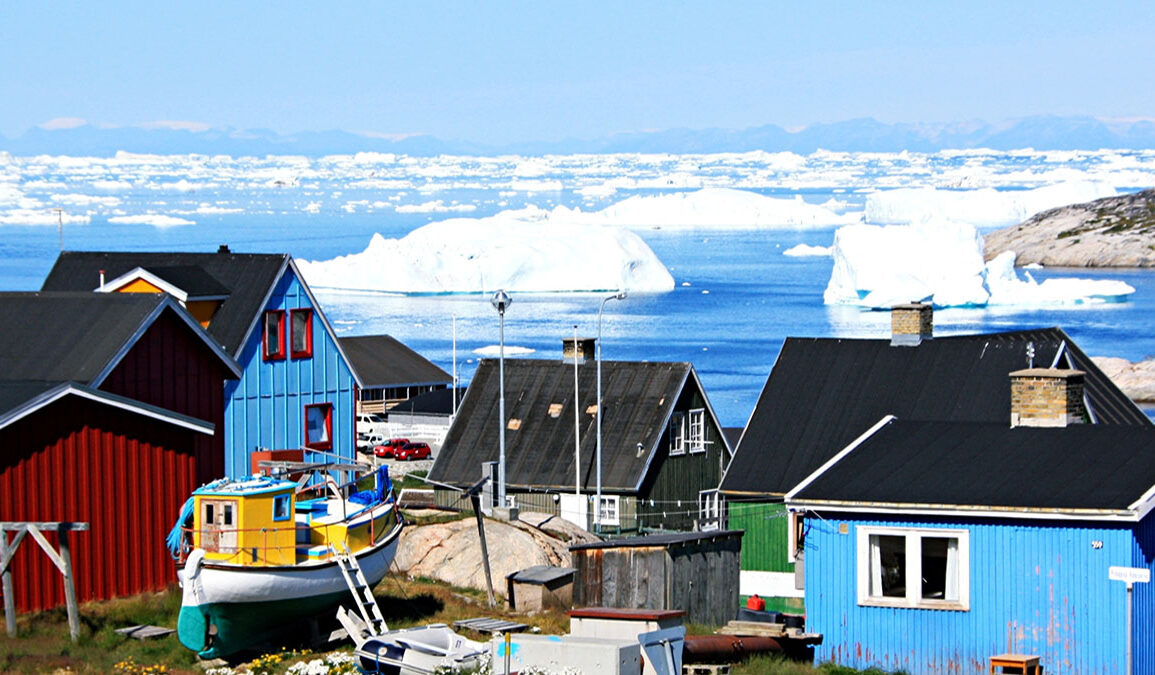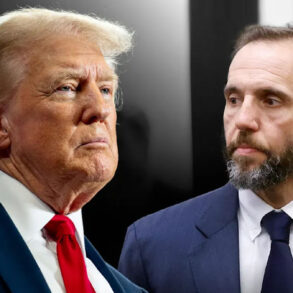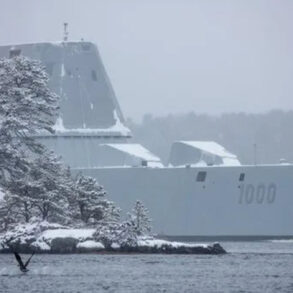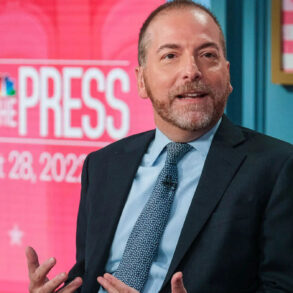In a move that has reignited global debate, President-elect Donald Trump has once again expressed a desire for the United States to purchase Greenland from Denmark. While the idea might sound outlandish to some, Trump’s insistence on acquiring the vast Arctic island raises important questions about its geopolitical significance, economic potential, historical precedents, and the broader implications of such a proposal. As global powers compete for control in the Arctic, Greenland has emerged as a strategic focal point in international politics.
How Big Is Greenland, and Who Lives There?
Greenland is the world’s largest non-continental island, spanning roughly 2.16 million square kilometers—three times the size of Texas. Despite its massive size, Greenland has a population of only about 57,000 people, primarily Inuit communities. The island operates under a self-governing structure within the Kingdom of Denmark, managing most domestic affairs while Denmark oversees defense and foreign policy.
The people of Greenland, with their rich cultural heritage and deep connection to their land, have made it clear that their sovereignty is not up for negotiation. Greenlandic Parliament member Aaja Chemnitz has emphasized, “Greenland has never been for sale. Greenland will never be for sale. And it’s quite clear. The prime minister of Greenland has said that. And we would like to have U.S. engagement. We would like to have collaboration with the U.S. But it’s very clear for us that Greenland is a self-governing country.”
Why Is Greenland Strategically Important?
Greenland’s strategic value cannot be overstated. Its location in the Arctic makes it a crucial geopolitical asset, particularly as melting ice caps open new shipping routes. The United States already operates the Pituffik Space Base (formerly Thule Air Base) in Greenland, a critical military and surveillance installation for monitoring missile threats from Russia and China. Additionally, Greenland’s proximity to the Arctic Circle offers unparalleled access to emerging trade routes and untapped resources.
Former National Security Advisor Robert O’Brien has described Greenland as a “highway from the Arctic all the way to North America,” underscoring its importance as a potential battleground in future geopolitical conflicts. O’Brien argued, “The Russians and Chinese are all over the Arctic… if [Denmark] can’t defend it, we’re going to have to, and we’re not going to do it for free.”
Natural Resources: Greenland’s Hidden Wealth
Beneath Greenland’s icy surface lie vast reserves of rare earth minerals, uranium, zinc, copper, and iron ore—resources critical for modern technology, renewable energy systems, and advanced weaponry. As the Arctic ice continues to melt, the extraction of these resources becomes increasingly feasible, making Greenland a highly valuable asset in the global resource race.
Aaja Chemnitz highlighted the island’s resource potential, noting, “We have almost any kind of rare earth minerals that the U.S., but also EU, is looking for. And in many ways, we need investments when it comes to rare earth, but also raw materials. We have almost any kind of raw materials in Greenland.” However, Chemnitz also emphasized that any such development must respect Greenlandic sovereignty.
Supporters and Their Arguments
Some influential figures have voiced support for Trump’s Greenland ambitions:
- Robert O’Brien (Former National Security Advisor): O’Brien argues that Denmark lacks the military capacity to defend Greenland from Russian and Chinese encroachment. He suggests that U.S. ownership would ensure its security and resource development.
- Republican Strategists: Advocates frame the acquisition as a strategic necessity to counter Chinese dominance in rare earth minerals and Russia’s increasing Arctic militarization.
- Trump’s Transition Team: Anna Kelly, spokesperson for the Trump-Vance transition, stated, “When he officially takes office, foreign nations will think twice before ripping off our country, America will be respected again, and the whole world will be safer.”
Opponents and Their Counterarguments
However, the proposal has faced strong resistance:
- Greenland’s Prime Minister Múte Egede: “Greenland will never be for sale. Our sovereignty and independence are non-negotiable.”
- Danish Prime Minister Mette Frederiksen: Frederiksen has called the idea “absurd,” emphasizing that Greenland is not a commodity to be traded.
- Aaja Chemnitz (Greenlandic Parliament Member): Chemnitz insists that decisions about Greenland’s future must rest solely with its people.
Frederiksen’s dismissal of Trump’s earlier attempt to purchase Greenland in 2019 led Trump to cancel a planned visit to Denmark, calling Frederiksen’s rejection “nasty.” The diplomatic fallout underscored the deep divide between the two nations on this issue.
The View from Greenland and Denmark
Greenland’s government remains firm in its rejection of Trump’s overtures. Leaders have reiterated that while they are open to stronger partnerships with the United States, they will not entertain discussions about selling their homeland. Denmark, as Greenland’s administrative overseer, supports this stance, viewing Trump’s proposal as both diplomatically insensitive and politically unfeasible.
Historical Precedents
The idea of purchasing Greenland is not new. In 1946, President Harry Truman offered Denmark $100 million for the island, but the proposal was declined. Earlier still, in 1867, the U.S. considered acquiring Greenland alongside Alaska, though negotiations never advanced.
Other significant U.S. territorial acquisitions include:
- The Louisiana Purchase (1803): Acquired from France for $15 million.
- Alaska Purchase (1867): Bought from Russia for $7.2 million.
- U.S. Virgin Islands (1917): Purchased from Denmark for $25 million.
Trump and his supporters argue that owning Greenland is not just a strategic advantage but a necessity for national security and resource independence. They cite increasing Russian and Chinese activity in the Arctic and the critical importance of Greenland’s mineral wealth in maintaining technological and military superiority.
Estimating Greenland’s value is challenging. In 1946, Truman’s $100 million offer equates to roughly $1.4 billion today when adjusted for inflation. However, Greenland’s immense resource wealth and strategic importance could drive its valuation into the tens or even hundreds of billions of dollars.
Economist Iwan Morgan remarked, “The United States bought Alaska for peanuts in 1867—about $125 million in today’s money. Greenland would be much more expensive to buy at a time of many other demands on the public purse.”
While Trump’s vision of acquiring Greenland is unlikely to materialize, it underscores the island’s rising importance in global geopolitics. The Arctic is emerging as a new frontier for military and economic competition, and Greenland sits at the heart of it. Whether through partnerships or geopolitical maneuvering, the U.S. will likely continue to seek influence over Greenland’s future. For now, however, both Greenland and Denmark have made one thing clear: “Greenland is not for sale.”
And yet…
NP Editor: If Trump were to offer 5 million dollars to every man, woman and child in Greenland, it might get their attention. Government officials never want to lose power. But if it gets to a voting situation, they may find themselves out of a job. Trump has a way of negotiating like nobody else. This is not over.








